Bushfire Wars
The most dangerous bushfire of the season is raging out of control, in a military-style campaign massive resources combat the blazing monster, but just as troops seem to prevail the fire picks up, can the forces win the battle against the blazing enemy, before it’s too late?
Sea Dog TV International
Synopsis
The ancient Australian landscape is home to one of the most dangerous killers on earth – bushfire. A small spark, caused by lightning or a careless human, can turn into a raging inferno in minutes. Left unchecked, it destroys everything in its path, leaving nothing but tragedy and a barren, charred landscape in its wake. In Australia over eight hundred people have died from bushfires. Thousands of homes have been reduced to ash and millions of animals destroyed. Billions of dollars of damage have been inflicted by these blazing holocausts.
Bushfire Wars is the story of the men and women from the Department of Biodiversity, Conservation and Attractions, Parks and Wildlife Service in Western Australia, who risk their lives to fight the scorching enemy. The battleground is the biggest in the world, covering millions of square kilometres of forests and bush land, all ready to explode into flames at any second. They combat the scorching enemy with the largest squadron of fire-spotting aircraft on the planet. Bombers attack the firestorm from the air. Armoured bulldozers assault the inferno from the ground. Troops of men and women fight the scorching enemy on foot. Their battle is relentless. It has to be; their enemy is a remorseless, unpredictable, and indiscriminate killer. Bushfire Wars is a world-first as specially ‘fire-trained’ camera crews go into the field alongside the bushfire fighters to capture the action. This landmark series will use state-of-the-art camera technology with forty fixed cameras on choppers, planes, bull dozers, four-wheel drives and body-cams to give viewers a terrifying and intimate window into a world rarely seen. Be immersed in the drama of these frontline heroes as the they stand together, risking life and limb to fight this deadly natural enemy in Bushfire Wars.
 Photo credit Leighton De Barros
Photo credit Leighton De BarrosWatch the trailer
Production Information
Writers
Leighton De Barros
Jonathan Rowdon
Teresa Ashton-Graham
Director
Leighton De Barros
Series Producer
Leighton De Barros
Producers
Jodie De Barros
Executive Producers
Jodie De Barros
Leighton De Barros
Post Director
Jonathan Rowdon
Distributor
Earth Touch
Sea Dog TV International
Key Locations
Perth
Pinjar
Brigadoon
Mundaring-Weir
Sawyers Valley
Watheroo
Avon Valley National Park
Bells Rapids
John Forrest National Park
Pinjarra
Wungong
Director of Photography
Leighton De Barros
Senior Editor
Jonathan Rowdon
Editor
Teresa Ashton Graham
Online Editor & Colourist
Dean Edwards
John Sullivan
Narrator
Craig Weston
Graphics – CGI & VFX
Last Pixel – Dave McDonnell
Last Pixel – Fiorella Cocucci
Post-Sound Facilities
Soundbyte Studios
Audio Post Supervisor
Brad Habib
Audio Mix and Dialouge Editor
Josh Hogan
Sound Designer and Editor
Ned Beckley
Music By
Stuart Miller
A Natural and Manmade Threat
Bushfires can originate from both human activity and natural causes
With lightning the predominant natural source, accounting for about half of all ignitions in Australia. Fires of human origin currently account for the remainder and are classified as accidental, suspicious or deliberate.


Fire-Proof Cameramen
Bushfire Wars is a world-first as specially ‘fire-trained’ camera crews going into the field
…alongside the bush fire fighters to capture the action. This landmark series will use state-of-the-art camera technology with forty fixed cameras on choppers, planes, bull dozers, four wheel drives and body-cams to give viewers a terrifying and intimate window into a world rarely seen.
Production Gallery
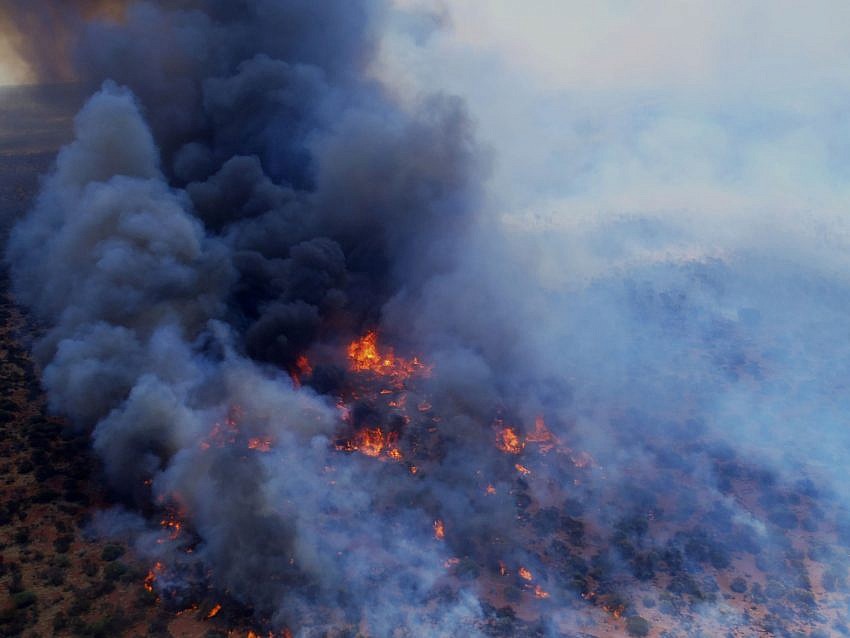
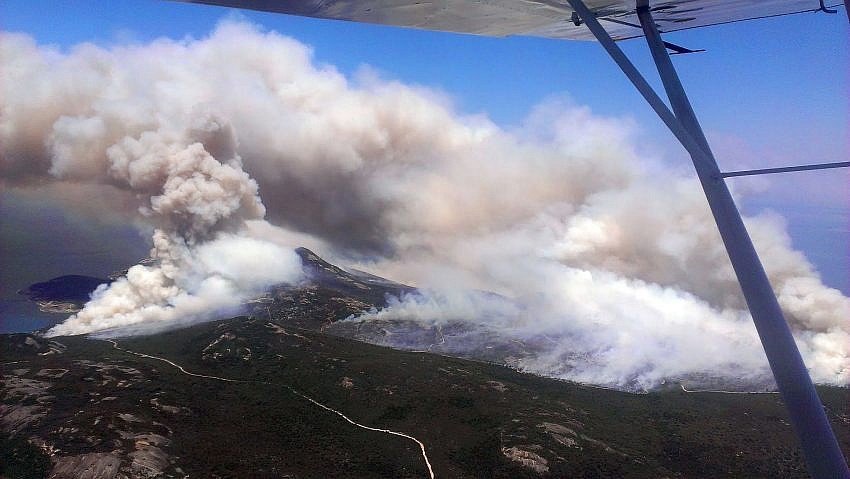

 Leighton De Barros
Leighton De Barros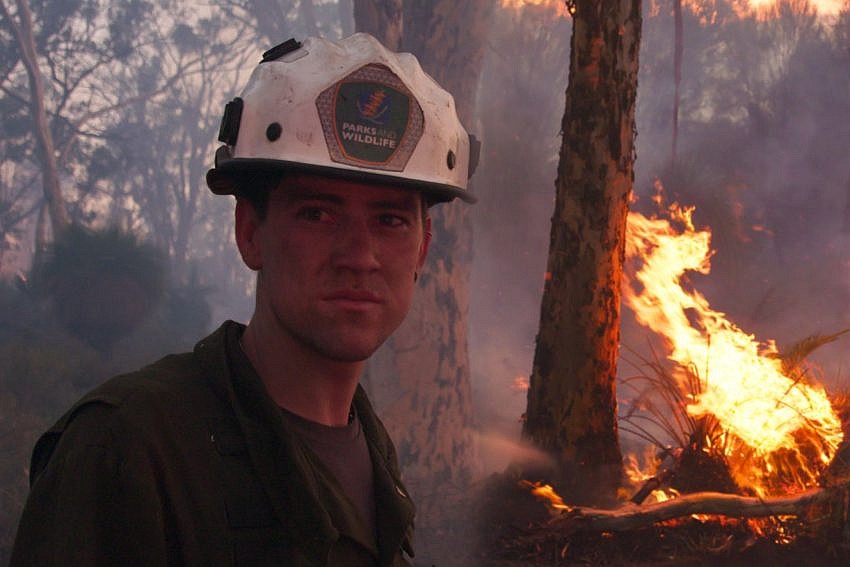 Leighton De Barros
Leighton De Barros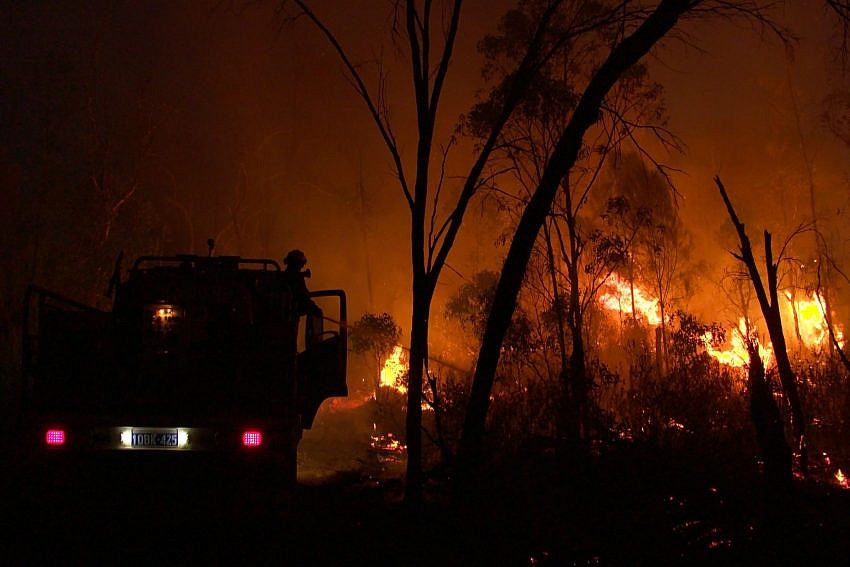 Leighton De Barros
Leighton De Barros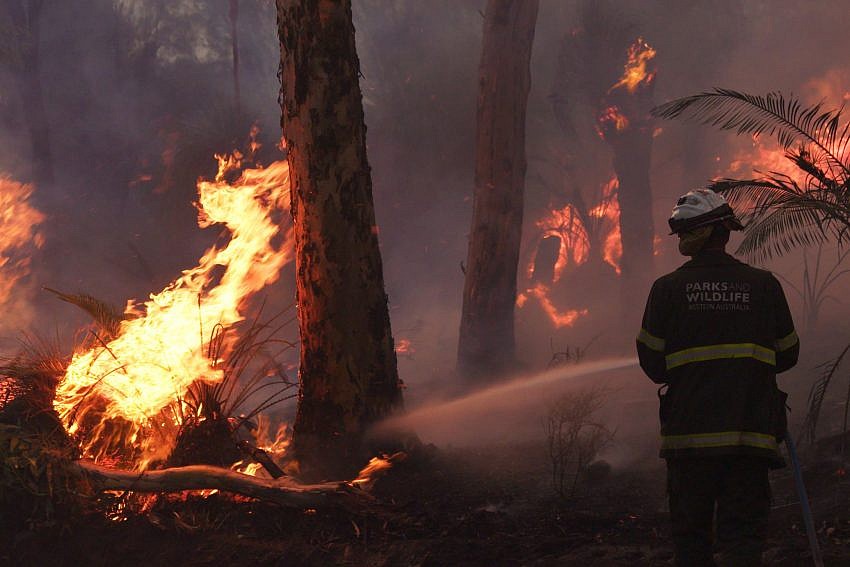 Leighton De Barros
Leighton De Barros Leighton De Barros
Leighton De Barros